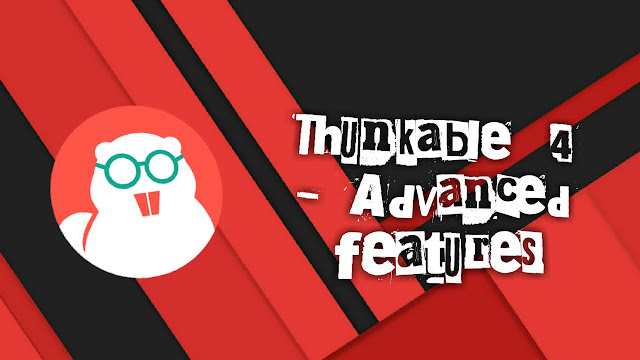Android Studio #5 - Android Architecture parts explanation | Part 3
Hello friends, welcome to the another tutorial of Programming Infinity. This tutorial is the third and last part of the android architecture. In this tutorial, we will know about the architecture components, which make android to work properly. By the end of this tutorial, we will know everything about the android architecture. So friends, let's begin..
Android Architecture
Android Architecture is divided into 4 main layers and in 5 sections. Each has a unique value towards the proper working of android or for smooth and easy working for android, android developer and android user. We will know more about these layers below :-
2. Libraries - It is the second main layer in the Android architecture. It consists of two sections namely android libraries and android runtime libraries. It includes open source webkit, sq lite database , playing audio and video libraries, ssl libraries for web security etc.
} Android Libraries :- It is a type of libraries based on JAVA, which is specially designed for android development. It contains application Framework libraries, UI Building libraries, Graphics designing and database access along with some other libraries. Below are given all the android libraries that is specially designed for developer for developing app :-
- android.app :- It is a library provided by android phone developer specifically according to phone design for designing view of application.
- android.content :- It is a library which is used for content accessing i.e. publishing and messaging between different Applications or within the application.
- android.database :- It is a library used for accessing the content providers, which manages the storage and also includes the SQ lite database classes which is a useful in-built phone database for apps.
- android.opengl :- It is a library which acts as a JAVA Interface to the Open GL ES 3D Graphics rendering API.
- android.os :- It provides application access to standard operating system services (standard android phone service) including messages, system services and inter-process communication.
- android.text :- It is used to render and manipulate text on a device display.
- android.view :- The fundamental buildings blocks of aapplication UI. It is a class which draws view as designed on the android screen like text, image, video etc.
- android.widget :- It is a library which contains pre-built UI components such as buttons, labels, list views, layout, radio buttons etc. It depends upon the android api version. From andproid lollipop, these style is designed with material design.
- android.webkit :- It is a library which contains a set of classes that allow web-browsing or provide web-browsing capabilities to the applications.
} Android Runtime Libraries :- It is the third section and second main layer in the android architecture. It is based on c/c++ programming language. It includes DVM (Dalvik Virtual Machine) and some android core libraries.
- DVM :- It is a JAVA based virtual machine, which is specially designed and optimized for android. It is based on linux core features and include memory management , multi threading and acts as a smart manager by providing only the required space to the apps to work properly in android. It also provides a set of core-libraries which enable android application developers to write Android applications using standard JAVA.
3. Application Framework - It provides higher-level-services to applications in form of JAVA Classes. Below are given the services that this libraries provides to the developer's and hence to the user :-
- Activity manager :- It controls all the aspects of the application life cycle and activity stack.
- Content Providers :- It allows applications to publish and share data with another applications.
- Resource manager :- It provides access to non-code embedded resources such as Strings, colors and UI layouts.
- Notification manger :- It allows applications to display alerts and notifications to the user.
- View system :- An extensible set of views used to create application UI such as layouts, button, radio button, checkbox etc.
4. Applications :- It is the 4th and the last layer in the android architecture. It contains all the installed apps on the phone. The apps developed by us will fall in this layer.
e.g. - Browser, Music etc.
So friends, that's all for this tutorial. Hope you enjoyed this tutorial. If you have any questions regarding this tutorial, then ask me in comment box.
Thanks -
Programming Infinity (Samridh Sharma)









nice work Android Online Training
ReplyDelete